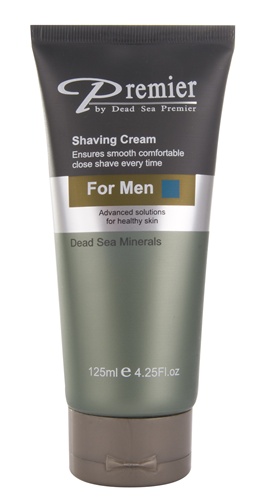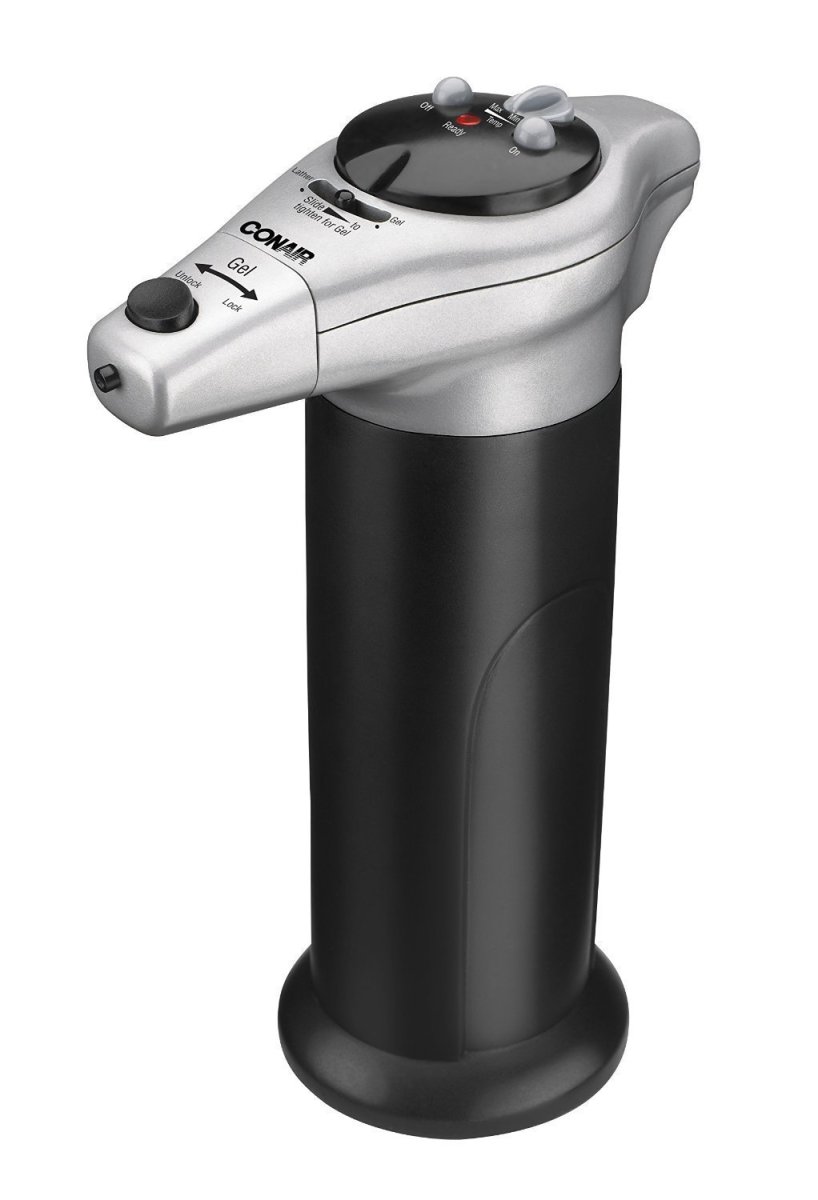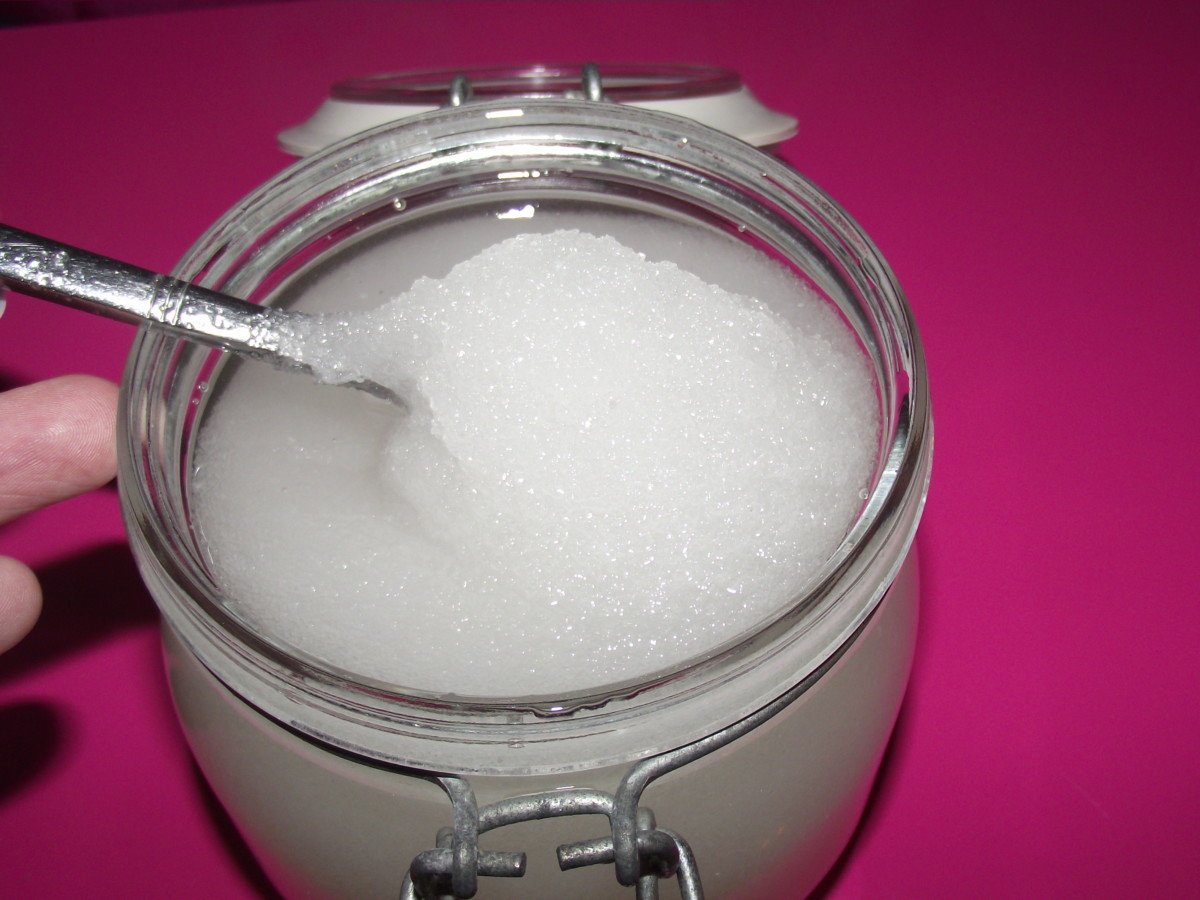Shaving Cream

Contents
You can refer this hub to know the following:
- Shaving Cream and its chemical composition.
- How to make Shaving Cream.
- Two commercially viable shaving cream formulas, and
- How to label finished shaving cream.
What is Shaving Cream
Function of wet shaving preparation like shaving cream is to soften the beard and to lubricate the passage of razor over the skin. The requirements of good lather shaving cream are following:
Characteristics of a Good Shaving Cream
- It should be stable from 0 to 50 degree Celsius, so that it can be used across all seasons.
- It should be non-corrosive to skin.
- It should possess good wetting properties to allow easy movement of razor.
- Should be easily removable on rinsing.
- Should be smooth soft and entirely free from lump or grittiness.
- Must adhere readily to face and shaving brush.
Shaving cream preparations are concentrated dispersions of alkali metal soap in glycerol and water ( PH 8 ) should not exceed 10, because at alkaline Ph it becomes irritate to skin. Preparation normally contains 30 – 50 % soaps. In order to prevent drying of the preparation humectant is added up to the tune of 15%. Various humectants used are glycerols, soepitol, emollients such as lanolin, cetyl alcohol, fatty acid esters are added in small proportion for softening purpose. All acids are used in combination to give better soaps that are stable throughout shelf life.
Triethenol amine maintains Ph. Preparation containing coconut oil needs an anti oxidant to prevent degradation. Hence sodium sulfide is added to shaving cream formula.
Marketed preparations:
- Denim
- Palmolive
- Old spice
Shaving Cream Formula 1
INGREDIENTS
| QUANTITY
|
|---|---|
Stearic acid
| 29.5 Grams
|
Lauric acid
| 6 Grams
|
Myrietic acid
| 2 Grams
|
Oleic acid
| 0.5 Gram
|
50% Potassium Hydorxide(KOH)
| 1.5 Gram
|
Glycerol
| 1.5 Gram
|
70% Sorbitol
| 2 Grams
|
Lanolin
| 1 Gram
|
Triethenol amine
| 2 Grams
|
Methyl paraben
| 0.18 Gram
|
Propyl paraben
| 0.02 Gram
|
Perfume
| In Sufficient Quantity
|
Water
| Quantity Sufficient to Make 100 Grams
|
Shaving Cream Formula 1
Shaving Cream Formula 2
INGREDIENTS
| QUANTITY
|
|---|---|
Stearic acid
| 36.5 Grams
|
Coconut oil
| 8.5 Grams
|
Potassium hydroxide
| 8 Grams
|
Sodium hydroxide
| 1 Grams
|
70% Sorbitol
| 3 Grams
|
Mineral oil
| 2 Grams
|
Menthol
| 0.1 Gram
|
Sodium suphite
| 0.1 Grams
|
Methyl paraben
| 0.18 Grams
|
Propyl paraben
| 0.02 Grams
|
Perfume
| In sufficient quantity
|
Water
| Sufficient to make 100 gms
|
Shaving Cream formula 2
Steps to Make Shaving Cream
- Step 1: Start by weighing all the ingredients accurately, if you are making shaving cream on lab scale then keep the ingredients in containers that are lined with butter paper to avoid addition of inappropriate quantity.
- Step 2: Coconut oil and potassium hydroxide and sodium hydroxide were mixed together and boiled to saponify the oil i.e. to make soap from oil.
- Step 3: Stearicacid, sorbitol, mineral oil, constitutes oily phase, however coconut oil with sodium hydroxide and potassium hydroxide is used to make soap intrinsic to shaving cream. Hence all oil soluble ingredients except coconut oil are heated to 70 degree Celsius to make a uniform oily phase.
- Step 4: Aquas phase was prepared by dissolving sodium sulphite and methyl paraben in water. Warm the aqueous phase to the temperature same as that of oily phase.
- Step 5: Add Soap prepared in step 2 to aqueous phase first and mix thoroughly maintaining temperature to 70 degree Celsius.
- Step 6: Add oily phase prepared in step 3 to aqueous phase and soap solution at 70 degree Celsius with slow stirring, to ensure no lump is formed. Allow the preparation to cool to room temperature as it is stirred. The shaving cream is ready now.
- Step 7: Perfume is added before the product is transferred to a labeled container; in this case an aluminum tube lacquered from inside, or a PVC tube would be suitable.
The label should contain the following information: -
- Name of the product
- Contents: Name and percentage of any active ingredient if added to preparation.
- Net Weight: As present in the final container.
- Manufacturing License Number as obtained by regulatory authority of your country.
- Manufacturing Batch Number: As applicable
- Manufacturing Date – Month and year of manufacturing.
- Expiry Date – Month and year of expected expiry.
- Maximum Retail Price- As applicable.
- Place of Manufacturing- The plant where it is manufactured.
Comments and Questions are welcome!






